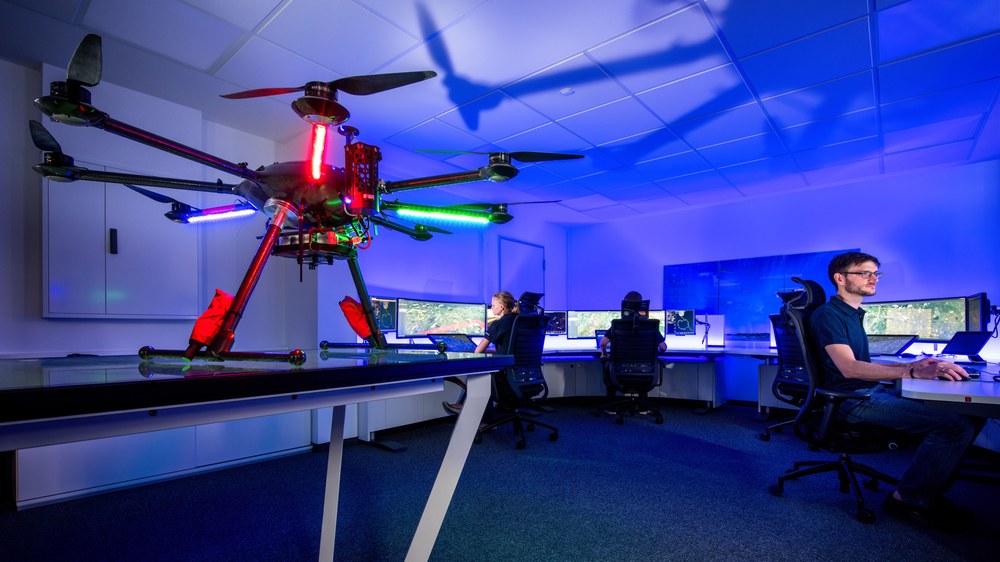Unmanned Aircraft Systems Department

In order for Unmanned Aircraft Systems (UAS) to be able to fulfil their intended use or to reach their destination areas, their participation in general air traffic is, in most cases, necessary. This applies to both high-flying unmanned aircraft and systems of a smaller construction type. In Germany, however, such unmanned systems are currently only allowed to operate in restricted areas designated for this purpose. They are not approved for use in controlled airspace. There are currently no pan-European harmonized licensing regulations in existence. For several years, the Institute of Flight Guidance has been researching concepts and technologies which enable the integration of UAS into controlled airspace. This work is pooled within the Institute in the “Unmanned Aircraft Systems" department.
The department addresses, in particular, the following research issues:
Integration of UAS in controlled airspace
The department develops procedures for the gradual integration of unmanned aircraft systems into controlled airspace. It identifies open points in deployment and develops specific ATM procedures for the safe operation of the unmanned systems. The design of the ground control station, for example, thereby plays an important role, as well as the question as to how the operator can be optimally supported in his tasks.
Optimised mission planning and execution
A major focus of the research work lies in the optimized mission planning. Missions for one or several unmanned aircraft with different tasks (e.g. monitoring, transport of humanitarian aid) and boundary conditions (e.g. time-critical assignments) should be optimally planned and executed. The safety of the assignments thereby always remains the main priority.
Testing new concepts
New procedures and technologies for unmanned aircraft systems, for example in order to avoid conflicts or for facing critical situations, are regularly tested and evaluated by the department in collaboration with users from the practical field. This is carried out initially in secure simulation environments of the Air Traffic Validation Center like the UAS Lab. In a second step, flight tests are performed using DLR research aircraft and ground control stations.
